Genetic exploration
The Common Angelshark or Monkfish (Squatina squatina)
Genetic exploration of the Angelshark
ElasmoCan collaborates with one of the leading research groups in shark and ray genetics to understanding the population genetic dynamics of the angelshark (Squatina squatina). In 2009, more than 600 tissue samples were provided to the lab of Prof. Dr. Mahmood Shivji from Nova Southeastern University (Florida, USA).
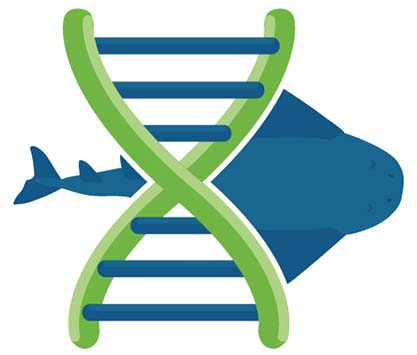 The analysis of the samples is being conducted by Cristín Keelin Fitzpatrick under the direction of Prof. Dr. Mahmood Shivji. This investigation will provide a base for assessing the current genetic status and future genetic monitoring of the species, both in the Canary Islands and in the remainder of its distribution. In the actual phase, the research analyses follows these topics:
The analysis of the samples is being conducted by Cristín Keelin Fitzpatrick under the direction of Prof. Dr. Mahmood Shivji. This investigation will provide a base for assessing the current genetic status and future genetic monitoring of the species, both in the Canary Islands and in the remainder of its distribution. In the actual phase, the research analyses follows these topics:
- Description of the complete mitochondrial genome
- Population structure
- Analyses of mating systems
- Assessment of diversity
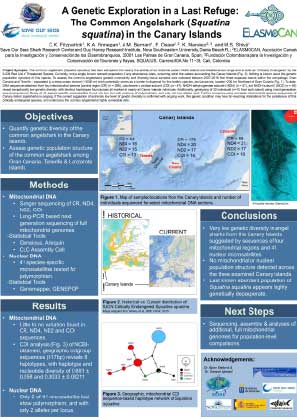 To date, the complete S. squatina mitochondrial genome was sequenced and described for the first time. This information is a key resource for the development of molecular markers for the analysis of the genetic population dynamics and diversity.
To date, the complete S. squatina mitochondrial genome was sequenced and described for the first time. This information is a key resource for the development of molecular markers for the analysis of the genetic population dynamics and diversity.
In 2016 and 2017, results of the study were presented during the annual meetings of the American Elasmobranch Association, European Elasmobranch Association and the V Encuentro Colombiano sobre Condrictios. Read the presentation here.
Mitochondrial DNA analysis from 300 out of the total 509 individuals, which were collected in Gran Canaria, Lanzarote and Tenerife, indicated a very low genetic diversity. This can be very worrying news for the populations in the Canary Islands, however it requires confirmation with other techniques. The analysis of the remaining samples and future studies, incorporating samples from other islands and regions of its distribution, will be required to understand angelshark population dynamics and thus to help in its conservation.
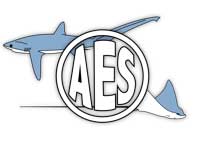
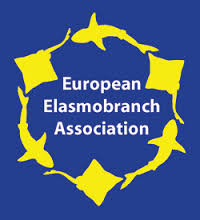

This study, together with others developed by ElasmoCan about different ecological and biological aspects of the angelshark, are important for the knowledge of its life history and help to make effective decisions for the conservation management of this endangered species.
Read more general information about our investigation in the section Research lines.
Peer reviewed publication 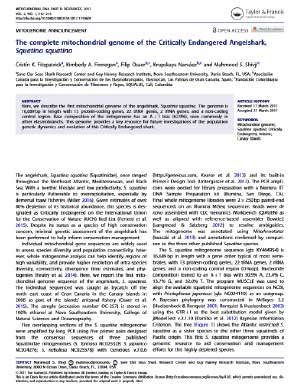
The complete report is available at Mitochondrial DNA Part B via DOI 10.1007/s12526-016-0444-y “The complete mitochondrial genome of the Critically Endangered Angelshark, Squatina squatina ”
This research was possible thanks to the support of Shark Foundation, Save Our Seas Foundation, Guy Harvey Research Institute and ElasmoCan.
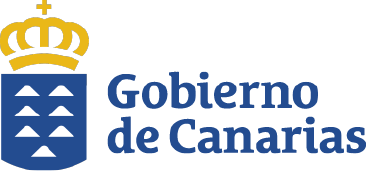
 With the authorization from the Ministry of Agriculture & Fisheries, Food & Environment, and with knowledge from the Canarian Government.
With the authorization from the Ministry of Agriculture & Fisheries, Food & Environment, and with knowledge from the Canarian Government.
